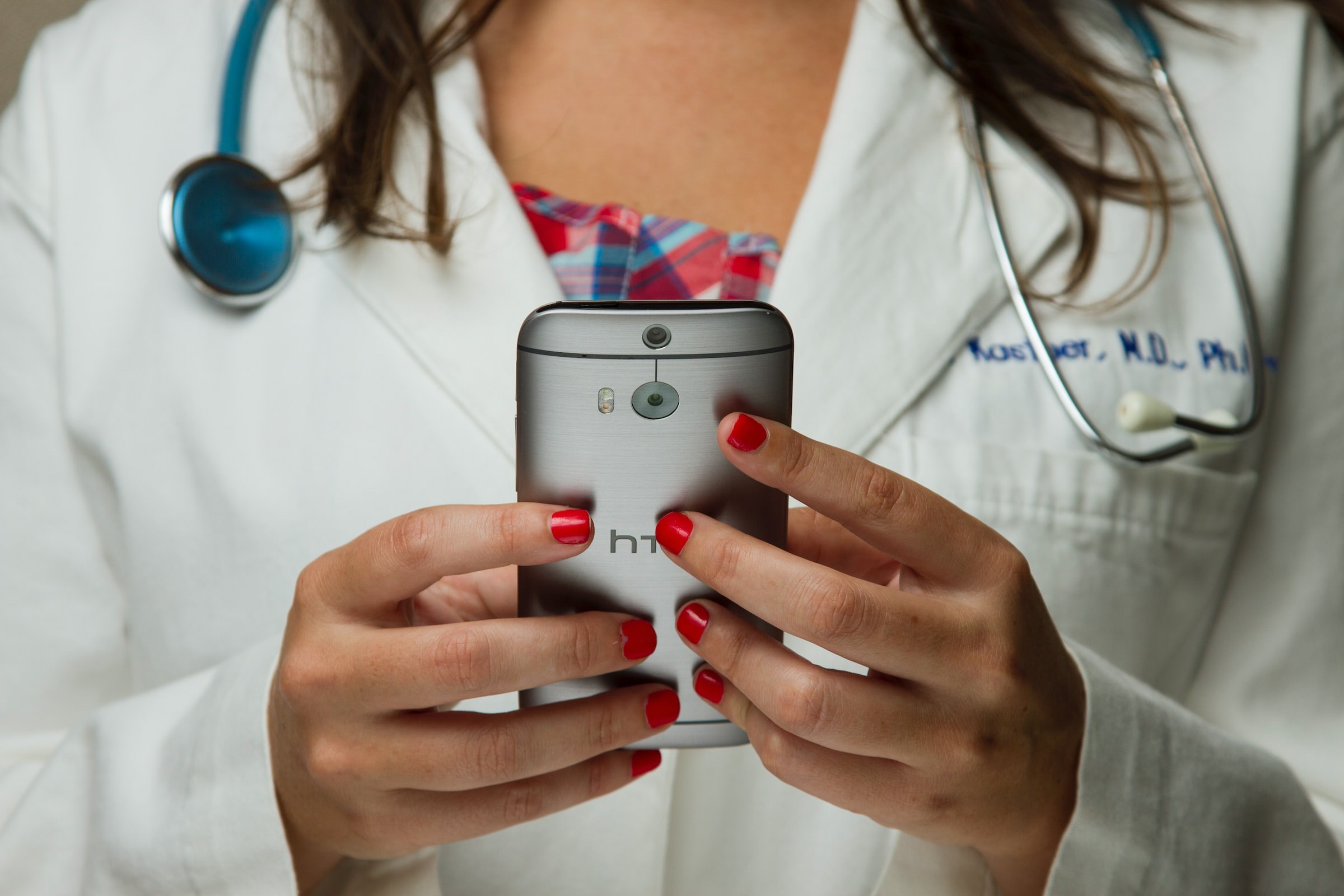In the future, healthcare is expected to shift more and more from a facility to Care-at-Home.
Technology developments, such as telehealth and remote patient-monitoring devices, can help effective Care at Home become a reality for more people.
The Covid-19 pandemic expediated the already growing trend to reduce visits to hospitals and doctors’ offices. Because of the pandemic, medical care became focused on patient convenience and as a result, new ways to provide care quickly developed.
As stated in a recent McKinsey report, “Up to $265 billion worth of care services currently being delivered in clinics, facilities, and physicians’ offices could shift to the home by 2025.” It’s become clear that most patients prefer options that would let them stay out of a hospital or facility and receive care at home instead.
Telehealth would be an important component of the Care at Home model. The U.S. Department of Health and Human Services (HHS) found the share of Medicare visits conducted through telehealth in 2020 increased 63-fold, from approximately 840,000 in 2019 to 52.7 million. It also reported a 32-fold increase in behavioral health care through telehealth.
Along with telehealth and remote monitoring technologies, social supports and home modifications would allow more patients to receive Care at Home.
New technology for in-home diagnostics, such as EKGs and blood tests, and growing home care segments, such as at-home dialysis, and hospital-at-home models could be the “game changer” for at-home care.
Large corporations are realizing the importance of the home care model and are making huge investments.
CVS acquired the home healthcare company, Signify Health for $8 billion dollars in September. Earlier this week, Walgreens invested $330 million in CareCentrix, and in July, Amazon announced it would purchase One Medical for $3.9 billion. Although these deals are expected to disrupt traditional care models, the goal is easy- to- access, effective care, in or as close to home as possible. However, the true benefits remain to be seen. As Colin Banas, M.D., chief medical officer at DrFirst stated, “…This could be good news for patients and the healthcare industry if it meets patients’ needs, keeps costs down, and does not sacrifice quality or safety.”

I simply wanted to thank you so much again. I am not sure the things that I might have gone through without the type of hints revealed by you regarding that situation.
great points altogether, you simply gained a brand new reader. What would you suggest in regards to your post that you made some days ago? Any positive?
[…] past year, many retailers like CVS, Walmart, Walgreens have also expanded their primary care services significantly. Overall, US patients will have […]